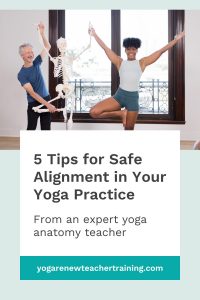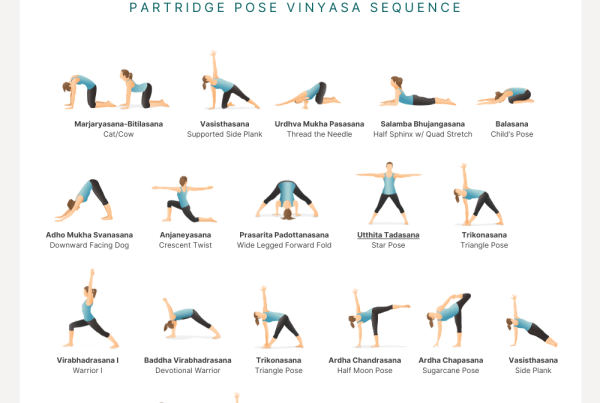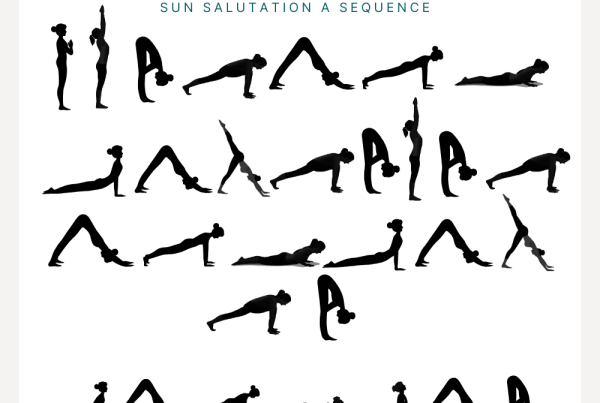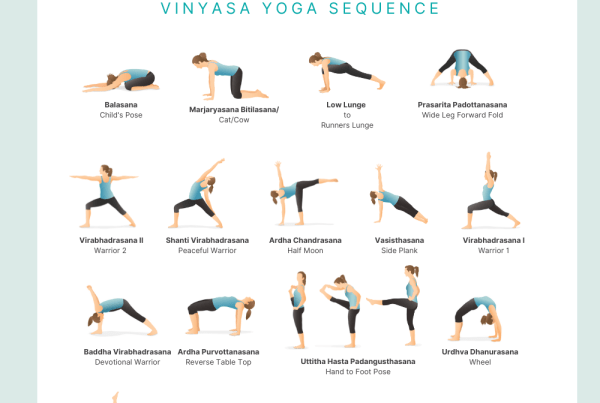Refine your Alignment in your Yoga Practice
Joe and Alex walk us through helpful tips on how to align your body properly without straining your body. These tips will not only help you with your own yoga practice, but can also be fundamental guidelines when it comes time to lead your own class.
1. Start from the foundation
This is incredibly important as a teacher. When asking, “how can I help this student?” you must first look at their foundation.
For example, in Warrior I, many students will struggle getting that back heel to the ground. How can we modify the foundation so they feel secure? We can do this in one of two ways, or both:
- Reduce the stance a bit
- Take the stance wider (from side to side)
2. Stabilize your pelvis to help with balance
When you’re standing on two legs, you have support. However, when you’re standing on one leg, like in tree pose, the tendency is the side where there isn’t as much support (the side where the leg is lifted) will sink down.
The gluteus medius (muscles located in the sides of the hips) muscles stabilize the pelvis when you stand on one leg. Knowing the anatomy of those muscles can help you to stabilize students. Two ways to offer help with stabilizing the pelvis when in tree pose are:
- Engage the right outer hip
- Press the foot of the lifted leg into the opposite leg to create stability
3. Distribute the pose through as many joints as possible
For example, in triangle pose, one of the things we must be able to do is rotate the ribcage and head to be able to look up towards the top hand. We want to distribute the action of the pose through more parts of the body
Many students will turn their chest towards the floor and if they can’t rotate their thoracic spine, the only place they’ll be able to rotate is in their neck. They’re not finding the turn lower down in the body. When they learn to rotate from as many joints as possible, there is less strain on the neck when gazing up at the hand that’s lifted.
4. Let go of the idea, “the deeper the pose, the better”
Oftentimes, we have this idea that yoga is about building more flexibility but that doesn’t mean that the point of the pose is to get as deeply into the pose as possible.
The sacrum has effect on the spine because it’s part of it. When not engaging the sacrum, the back tends to be rounded, but if we distribute the action through as many parts of the body as possible, we can create more space eliminating that strain.
Pro tip: Blocks are always a great assist to help the stretch of the body!
5. Muscles need to be able to relax + contract to work effectively
A muscle that we keep contracted all the time isn’t a muscle that can do its job properly. For example, going from plank to downward facing dog. Downward facing dog distributes the weight of the pelvis, so the stomach is able to relax and the student can breathe more easily when the abdominal muscles aren’t engaged/contracted.
Related courses:








